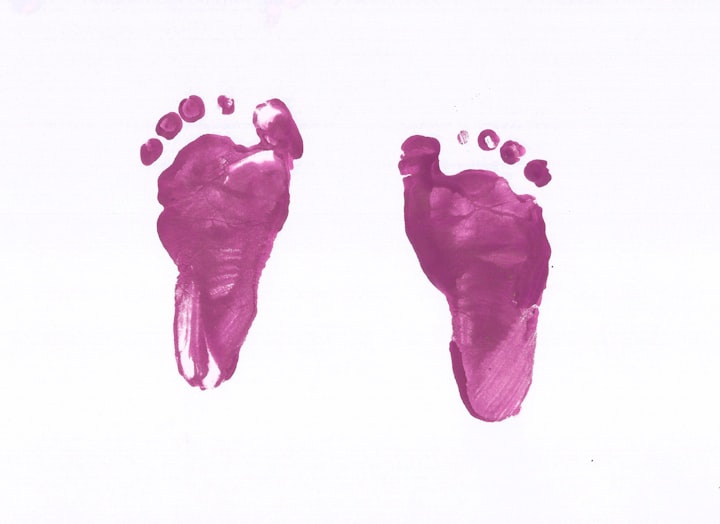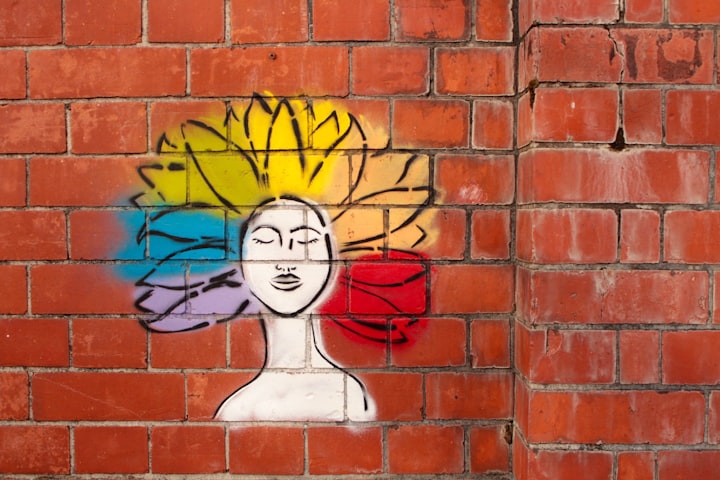Save the Birds and the Bees
listen to the waves of the water

Save the birds and the bees!
Listen to the water.
As a young child, I have always cared about nature and how it affected our environment. I had already traveled barefoot down the path to reduce my carbon footprint. Even though I lived in an asphalt jungle, the Gilmor projects, I became a member of The National Audubon Society. This organization protects birds and the places they need today and tomorrow throughout the world using science advocacy and education. Many species need our protection from habitat loss and climate change. Living near the Chesapeake Bay, I have realized the need to contribute and provide initiatives to strengthen these important waters. The National Audubon Society has provided help with their conservation work to restore the shrinking saltmarshes. The Black Rail’s ‘ki ki ki kerr’ call was monitored by audio recorders donated by the National Audubon Society to record them so that they could determine whether the species needed to be added to the endangered species list. One of the ways to protect birds is to choose native plants for our yards and public spaces. We can restore vital habitats for birds in our communities and help them adapt and survive in the face of climate change. I used money for chores to sign up to become a member of the National Audubon Society as a child. The simplest thing I could do as an adult was to continue my support by providing a financial donation to the society and research their initiatives for providing a healthy environment for birds in my community.
So how else can we protect birds during the climate change?
• Avoid using any pesticides in your garden.
• Provide a bird bath for water.
• Don’t rake leaves because they provide a sheltering habitat.
• Donate to the Chesapeake Bay Foundation (you can when you file your Maryland tax return)
• Plant and grow native plants.
Our family’s tradition was always to wait after Mother’s Day to plant flowers and grow our garden. This year I wanted to hurry before the cicadas arrived. Quite an incentive! I had decided to plant azalea and hydrangea bushes and purple impatiens. As I pulled up the weeds, I sat to and enjoy the warbling of the Oriole and the Cardinal birds who came to examine my stress eliminating activity. There were many brown and gray sparrows who whirred above me as I enjoyed the afternoon sun and watching them provided much joy.
I have always been fascinated by bees.
Pollinators like bees and butterflies help make 1 out of every 3 bites of food we eat. Bees pollinate the clover and alfalfa that cows eat. I care about bees. Last week I planted pollinator friendly seeds to create my own pollinator habitat. Sustainability is my way of life to avoid paper and plastic I use reusable and recyclable grocery bags. I care about our world, so I buy from companies who use 100% highly recyclable cardboard and insulate their products using an eco-conscious biodegradable alternative like green cell foam which is made from cornstarch. I purchased products from companies who supported the environment. A portion of one of my purchases was donated to the Arbor Day foundation. I also purchased products who helped developing bee colonies and providing them with the best possible conditions.
What could you do to reduce your carbon footprint and help bees?
• Go wild and let part of your lawn grow without mowing.
• Grow native plants that means selecting wildflowers.
• Fill a shallow pie pan with pebbles and water. Bees love dirty water.
• You can care for your lawn and garden organically by sprinkling cayenne pepper around pestered plants.
• Be sure to buy local organic produce.
• Do not swat bees. Be still. Once the honeybee knows you are not a flower, she will buzz along.
• Financially support organizations that help bees.
If you are not as enthusiastic at being a nature lover like I am, everybody knows that there are still simple changes you can make in your home to save energy and money and reduce your carbon footprint.
What simple things can you do to reduce your carbon footprint?
• Turn down the heat.
• Driving your car less.
• Reduce water heater temperature and regulate your refrigerator.
• Eating less red meat.
• Using a laptop over a desktop.
• Recycling.
• Streaming movies through your smart TV not your game console.
• Buying organic fruits and vegetables.
• Reducing electricity by turning off lights and appliances.
• Regulating the amount of water you use for washing dishes, taking baths and showers.
• Drying clothes naturally without the dryer.
• Replace all lights with LED lights.
• Fly less.
• Reduce food waste more.
Celebrate Earth Day!
You can do your part even if you do one small thing. Listen to the water, the birds, and the bees, they’ve given us so much and now they need our help. At the end of the day, we’ll be helping ourselves as well.






Comments
There are no comments for this story
Be the first to respond and start the conversation.